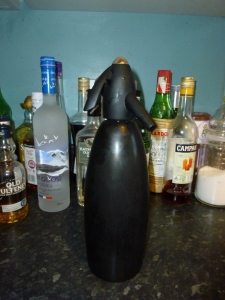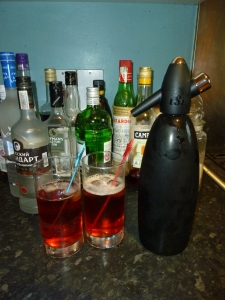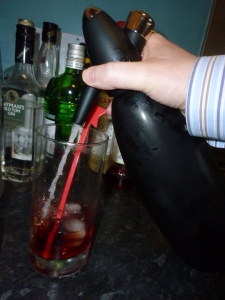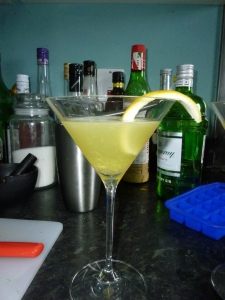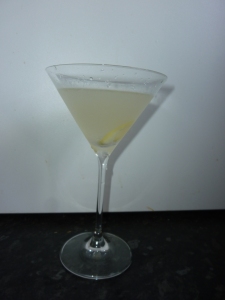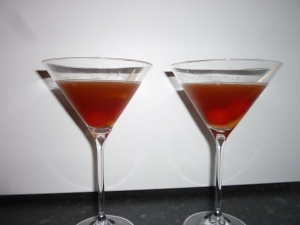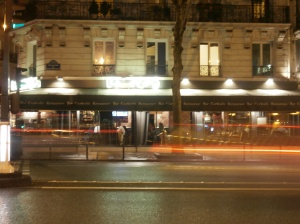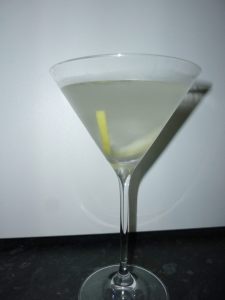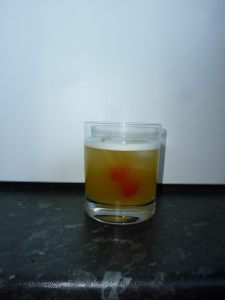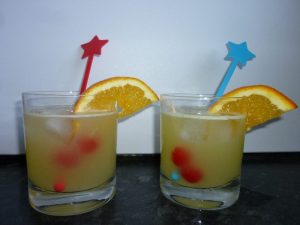The comic Astro City turns twenty this year. Not the best known comic in the world and not part of the “Big Two” comic universes of Marvel or DC. But it’s a comic series that means a lot to me and it played a part in getting me back into comics.
When I turned eighteen, back in 1993, I decided that I was going to give up on comics. Partly, it was a desire to seem more mature and grown up, and partly because most super hero comics by the early nineties had become parodies of themselves, featuring heroes with big guns, big shoulder pads and tiny feet. (Although, it was probably more of the former than the latter.)
Fast forward to 1997. I was still interested in comics, but I’d not bought one since 1993. I had been following comics fans’ websites on the internet and some of the more nostalgic fans had become excited about a new comic called Thunderbolts.
The central conceit of the comic was that the Avengers (before they were famous) had been sucked into another dimension where they had even tinier feet and really big shoulder pads. The Thunderbolts then arrived to to fill the Avengers’ (tiny) shoes.
Except, in a shock twist, the Thunderbolts were actually villains in disguise, seeking to exploit the public’s trust. (Spoiler – they reformed. Well, most of them did.)
I cracked. It sounded good and the shoulder pads looked pretty small. Thunderbolts issue 3 became the comic that brought me back.

But how does Astro City fit into all this?
Thunderbolts was written by one Kurt Busiek. He had an obvious fondness for the long history of the Marvel Universe and the tropes of the classic super hero comic. Thunderbolts, despite its premise, was not a Watchman-style deconstruction. If anything, it was the opposite; an affirmation that even a small-time hood in a rocket suit can be heroic.
I wanted to read more Busiek. The word on the internet was that his best work was probably in his creator owned title, Astro City.
It seems it took me a while to get to Astro City. My first issue was #16, which came out almost two years after Thunderbolts #3. (In that time, Busiek had also ended up writing Iron Man and Avengers.)

But it was worth the wait. The central premise of Astro City is how classic style super heroes would affect the people around them and the life those heroes might lead between stopping the doomsday device of the week.
The first issue also dealt with the redemption of a small-time super villain, but it was a more nuanced story than Thunderbolts; the redemption was harder and less spectacular and the tones more muted. Marlowe meets Batman.
Over fifteen years later, and I’m still reading Astro City. The comic has had its hiatuses and changes, but it still has the same creative team – Busiek writing, Alex Ross painting the covers and Brent Anderson drawing the interiors.
And the stories still resonate with me. Perhaps more than they did before.
As the comic’s twentieth anniversary looms, it’s turned to Quarrel, a Hawkeye-like hero who was a background character in the first ever issue.
Twenty years on, she’s facing up to the fact that she’s getting older and can’t do what she did when she first appeared.

I’m going to be forty this year and I also find that as time passes, you look back the decisions you’ve made, and question if you can keep on doing the things you’ve been doing for years.
I don’t know the answer to that; I don’t think anyone really does. But I am glad I started reading comics again and I’m glad for the part Astro City plays in my comic reading life.

